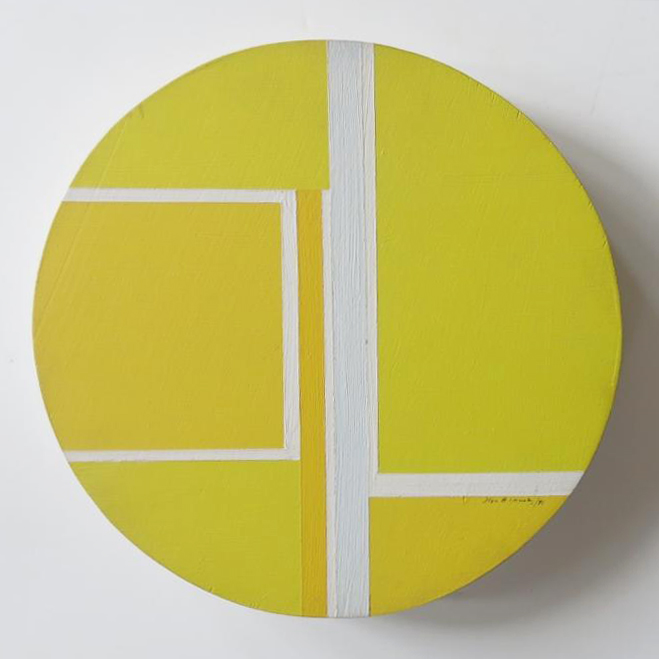(July 1, 1907 – November 22, 1981)
Ilya Bolotowsky was a leading early 20th-century Russian-American painter in abstract styles in New York City. His work, a search for philosophical order through visual expression, embraced cubism and geometric abstraction and was influenced by Dutch painter Piet Mondrian.
Born to Jewish parents in St. Petersburg, Russia, Bolotowsky lived in Baku and Constantinople before immigrating to the United States in 1923, where he settled in New York City. He attended the National Academy of Design. He became associated with a group called “The Ten Whitney Dissenters” or simply “The Ten“, a group of artists including Louis Schanker, Adolph Gottlieb, Mark Rothko, Ben-Zion, and Joseph Solman who rebelled against the strictures of the Academy and held independent exhibitions.
Bolotowsky was strongly influenced by Dutch painter Piet Mondrian and the tenets of De Stijl, a movement that advocated the possibility of ideal order in the visual arts. Bolotowsky adopted Mondrian’s use of horizontal and vertical geometric pattern and a palette restricted to primary colors and neutrals.
